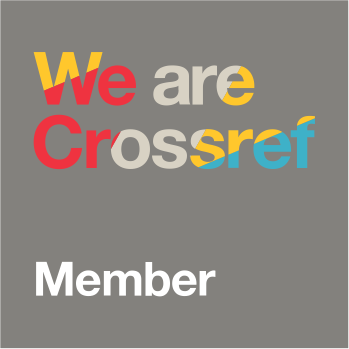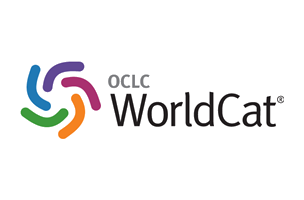Plagiarism Policy:
We promises the transparent and quality peer review process as it plays vital role in publishing scientific research. To assure this we has an obligation to assist the scientific community in all aspects of publishing ethics, especially in cases of plagiarism.
Plagiarism is when an author attempts to pass off someone else work as his or her own. Duplicate publication, sometimes called self-plagiarism, occurs when an author reuses substantial parts of his or her own published work without providing the appropriate references. This can range from getting an identical paper published in multiple journals, to salami-slicing, where authors add small amounts of new data to a previous paper
WHEN DOES THE PLAGIARISM CHECK DONE?All the submitted manuscripts for publication are checked for plagiarism after submission and before starting review.
IMPORTANT NOTEWe does not encourage any form of Plagiarism and duplicate submissions. Hence, we strongly recommend our authors to thorough check of the article content before submitting it to our Journals for publication. We request our Authors to use "Plagiarism Checking software’s" to check plagiarism prior to submission as a preliminary step, although they are not completely reliable.
HOW IS PLAGIARISM HANDLED?The manuscripts in which the plagiarism is detected are handled based on the extent of the plagiarism. >5%
Plagiarism: The manuscript will be given an ID and the manuscript is sent to author for content revision. 5- 30% Plagiarism: The manuscript will not be given an ID and the manuscript is sent back to author for content revision.
>30% Plagiarism: The manuscript will be rejected without the review. The authors are advised to revise the manuscript and resubmit the manuscript. If the plagiarism is detected more than 30%, it is found that the authors are very unlikely to revise the manuscript and submit the revised version. However, authors are welcome to do the required revisions and submit the manuscript as a new submission.
WHAT IF PLAGIARISM DETECTED AFTER PUBLICATIONIf a case of plagiarism comes to light after a paper is published, the journal will conduct a preliminary investigation. If plagiarism is found, the journal will contact the author's institute and funding agencies. A determination of misconduct will lead us to run a statement, bidirectionally linked online to and from the original paper, to note the plagiarism and to provide a reference to the plagiarised material. The paper containing the plagiarism will also be obviously marked on each page of the PDF. Depending on the extent of the plagiarism, the paper may also be formally retracted.
ORIGINALITYBy submitting Author(s) manuscript to the journal it is understood that it is an original manuscript and is unpublished work and is not under consideration elsewhere. Plagiarism, including duplicate publication of the author's own work, in whole or in part without proper citation is not tolerated by the journal. Manuscripts submitted to the journal may be checked for originality using anti-plagiarism software. Plagiarism misrepresents ideas, words, and other creative expression as one's own. Plagiarism represents the violation of copyright law. Plagiarism appears in various forms.
- ->Copying the exact content from the other source. Purposely using portions of another author's paper.
- ->Copying elements of another author's paper, such as figures, tables, equations or illustrations that are not common knowledge, or copying or purposely using sentences without citing the source.
- ->Using text downloaded from the internet.
- -> Copying or downloading figures, photographs, pictures or diagrams without acknowledging your sources.
- -> In the case of a publication being submitted that was originally published in another language, the title, date and journal of the original publication must be identified by the authors, and the copyright must be obtained. The editor may accept such a translated publication to bring it to the attention of a wider audience.
In case author wants to use material from the other work then it is mandatory to cite the same in references. Else the author needs to change the language completely and use his/ her own language.
ACKNOWLEDGING AUTHOR(S) SOURCESSelf-plagiarism is a related issue. In this document we define self-plagiarism as the verbatim or near-verbatim reuse of significant portions of one's own copyrighted work without citing the original source. Note that self-plagiarism does not apply to publications based on the author's own previously copyrighted work (e.g., appearing in a conference proceedings) where an explicit reference is made to the prior publication. Such reuse does not require quotation marks to delineate the reused text but does require that the source be cited.







